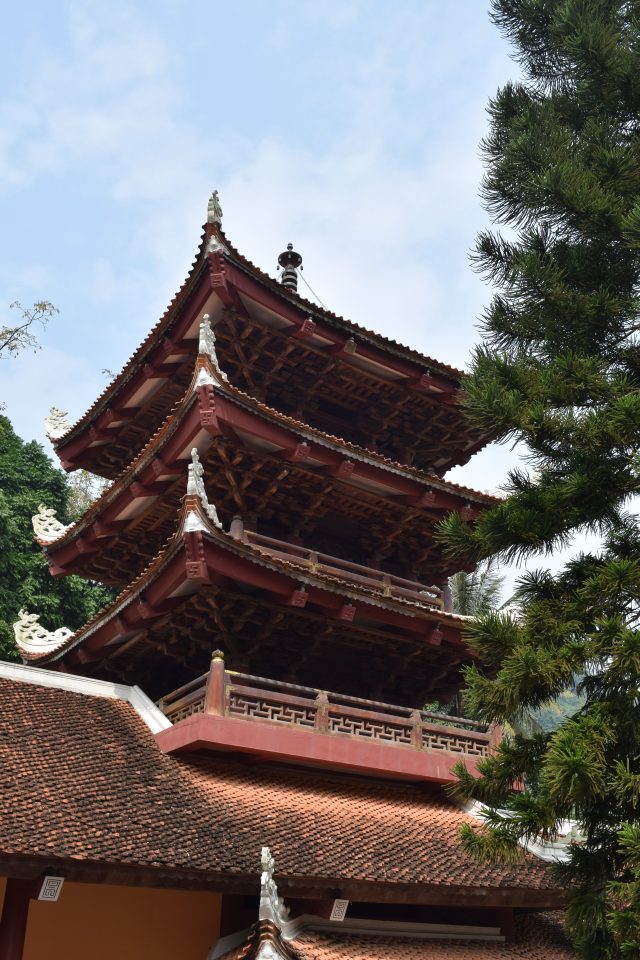During our trip to Vietnam, we enjoyed a variety of wonderful meals with different types of food. There were plenty of seafood, pork, and beef dishes, including Bún Chả and Phở. We also had the opportunity to take a local cooking class, which was one of our favorite memories of our time in Hanoi. In addition to eating at several restaurants in Hanoi, we also took several day trips that allowed us to taste food from the countryside as well.




Bún Chả is a traditional Vietnamese dish that originated in Hanoi and is made with grilled pork and noodles with a dipping sauce. It is usually served with condiment bowls of minced garlic and sliced hot peppers that can be added to your individual taste. Fried spring rolls are also commonly served with Bún chả. We definitely enjoyed eating Bún Chả and even visited the Bun Cha Ta restaurant twice during our stay in Hanoi. Bún Chả was also one of the items that we learned to make during our cooking class and we’ll definitely be making it for ourselves at home.




Phở is a Vietnamese soup that is usually made of beef, broth, herbs and noodles, but it can be made with chicken or pork as well. Unlike Bún Chả where you don’t drink the broth, Phở is a soup and you eat the meat and noodles with chopsticks and use a spoon to eat the broth. Once again you can add hot peppers to your Phở in order to make it spicier, but add them slowly as they are very spicy. Our hotel recommended that Pho 10 Ly Quoc Su, which is in the old quarter near way were staying and based on the lines, it is extremely popular with locals and tourists alike.




Egg Coffee is another traditional Vietnamese item and something that we had a couple of times and also made during our cooking class. It is coffee that is made with egg yokes and condensed milk, which makes it rich and sweet. We also ate seafood at a restaurant on the shore of Hoan Kiem Lake as well as during our overnight cruise on Halong Bay. During our tour to Ninh Binh, we were treated to a meal with fried spring rolls and a stew made with goat, potatoes, and carrots. Goat was a traditional dish for the Ninh Binh Province. During our tour of Perfume Pagoda, we were treated to an overwhelming array of local dishes that included beef, pork, chicken, and vegetables.




Obviously there are plenty of restaurants featuring western food, but we only ate at restaurants featuring local cuisine. Our chopstick skills definitely improved during our time in Vietnam as well since they were often the only utensils offered. We certainly enjoyed trying as much of the famous street food of Hanoi and the surrounding area as possible. We are definitely looking forward to recreating as many of the meals as we can in the upcoming months.








































